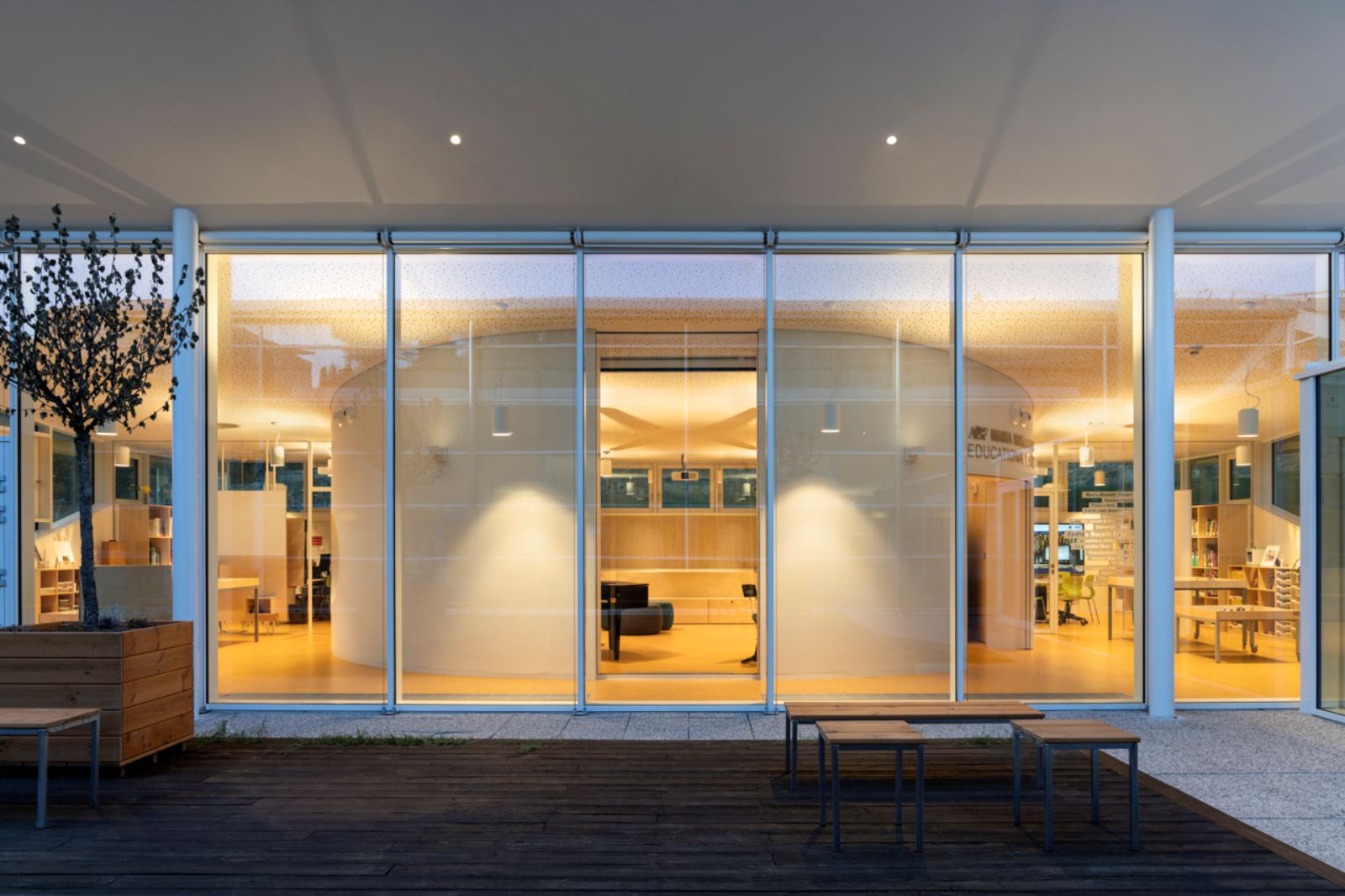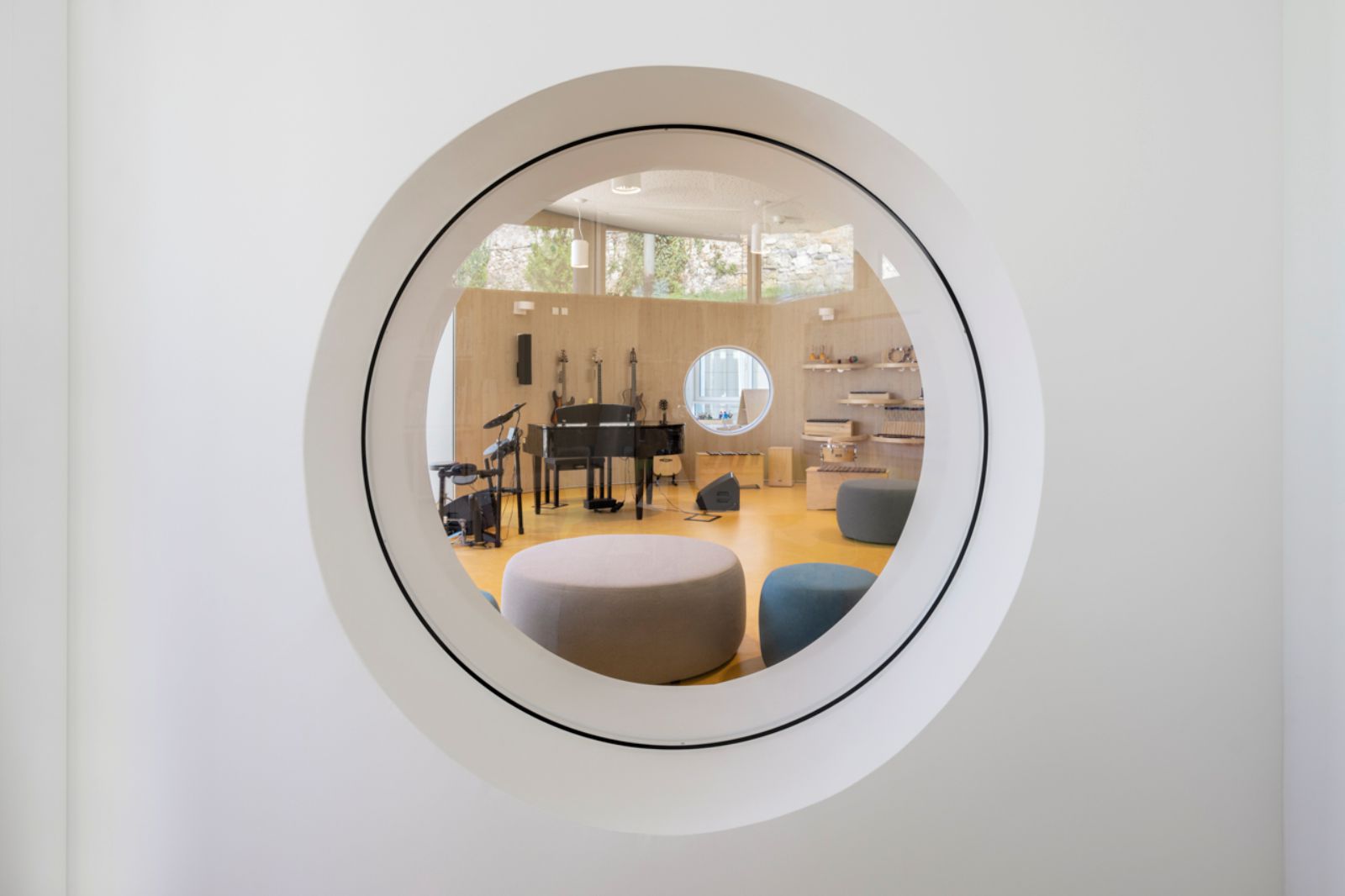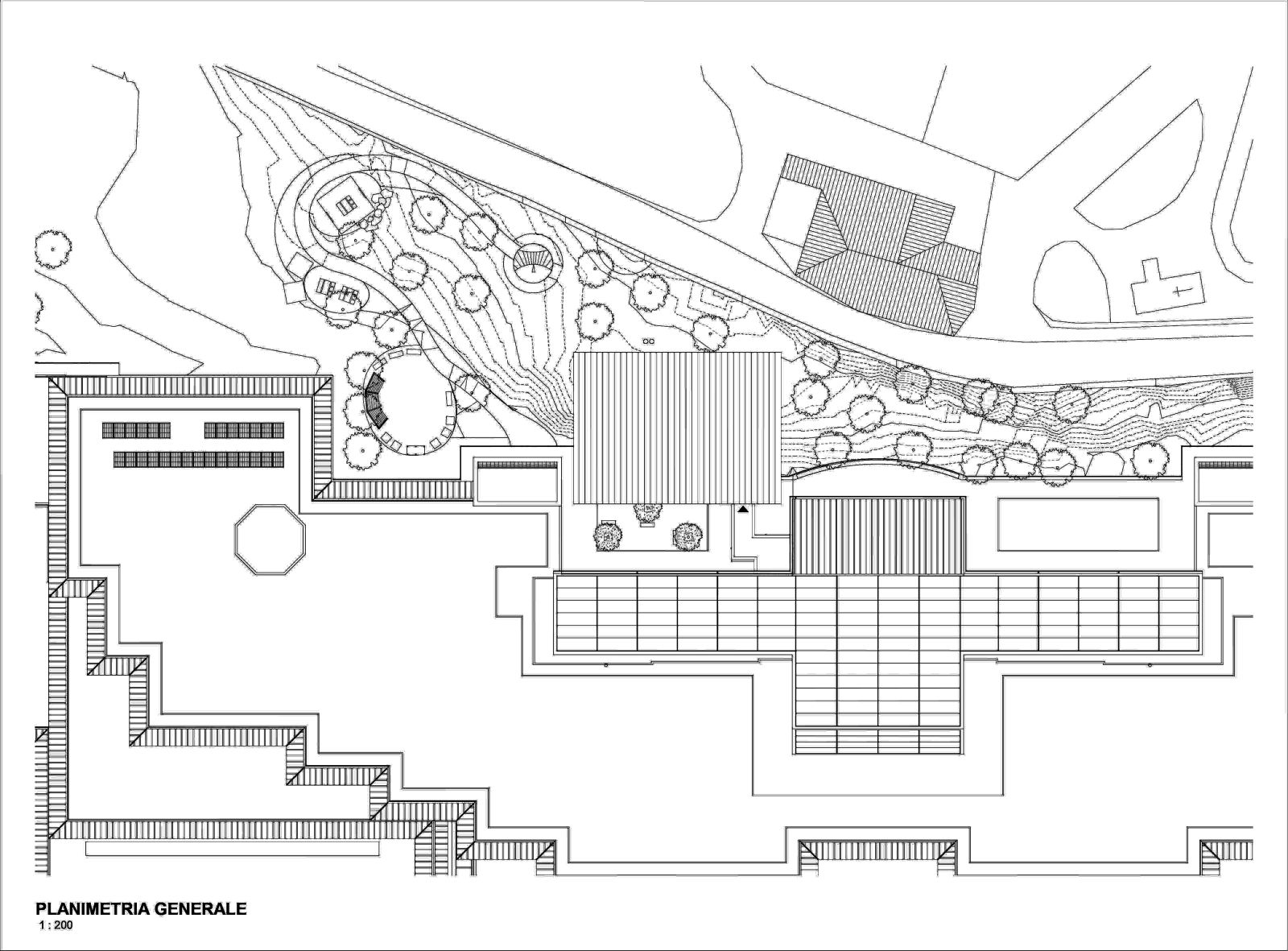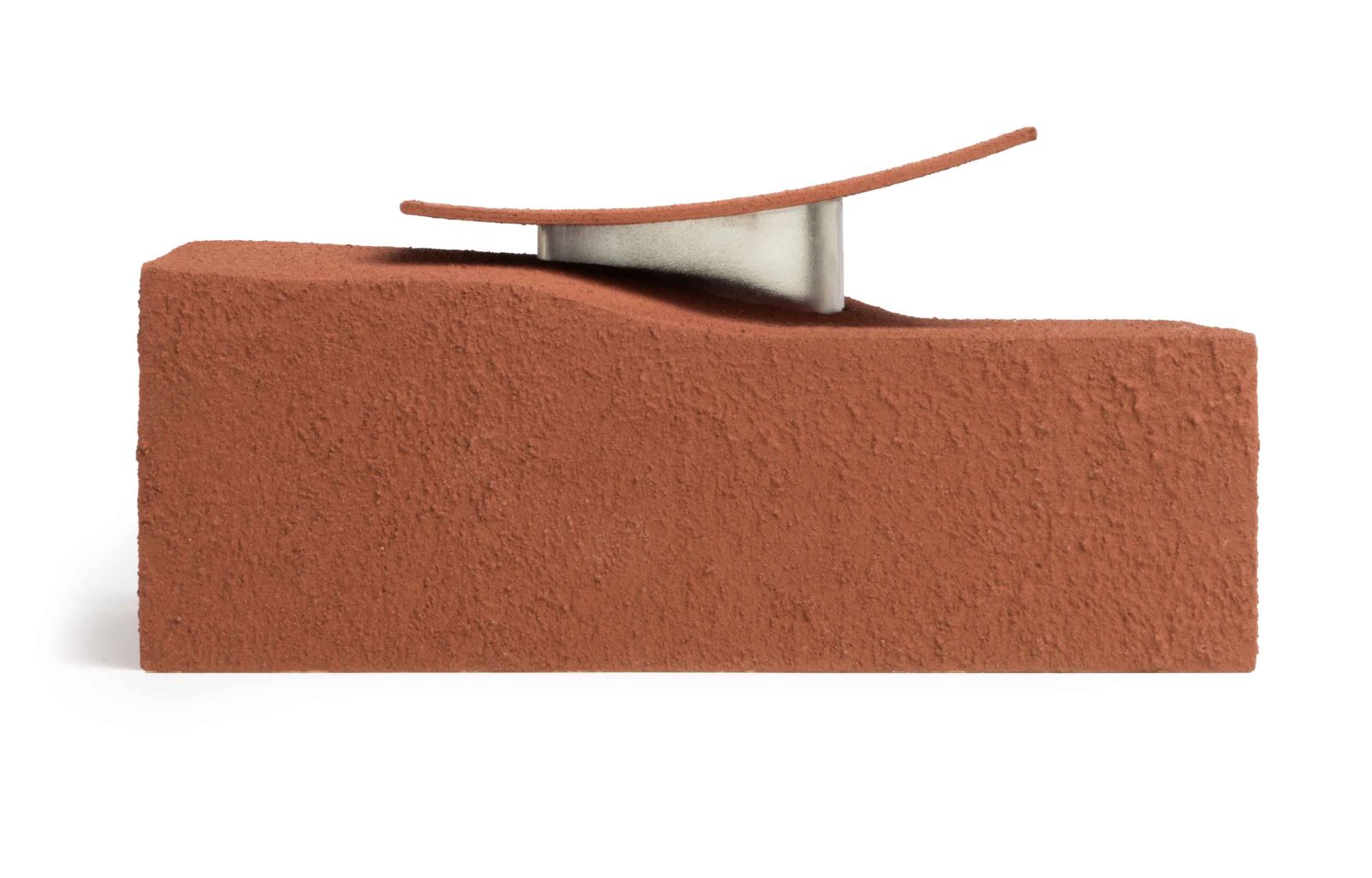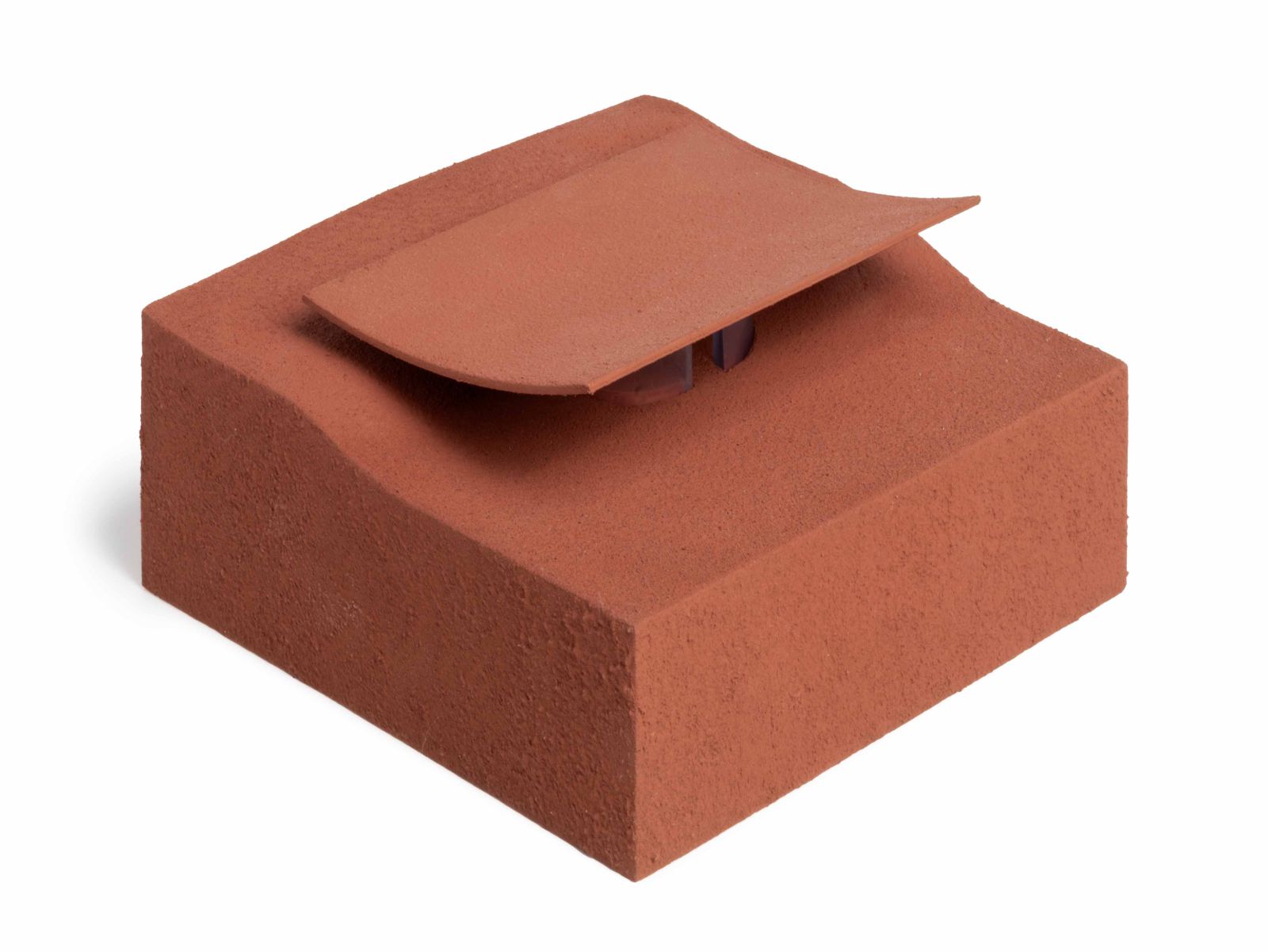The first educational center designed by Alvisi Kirimoto and promoted by the Andrea Bocelli Foundation, aims to improve the educational and academic experience of hospitalized boys and girls. Designed to offer a peaceful enriching, and stimulating environment surrounded by nature, this initiative is part of the ABF H-LABS program for Schools in Hospitals, which supports the right to quality education in complex and challenging contexts, such as Italian Pediatric Hospitals.
The project revolves around art and music, leveraging the educational opportunities facilitated by cutting-edge technologies. The ABF “Maria Manetti Shrem” Educational Center, accessible daily to hospitalized girls and boys, offers an integrated program of activities. Beyond supporting the School in Hospitals initiatives, it enhances existing socio-educational experiences onsite through daily programming organized collaboratively by the ABF, Meyer Hospital, Fondazione Meyer, Istituti Scolastici, and other entities involved in education, pet therapy, clown therapy, and music therapy.

Nestled in greenery, the project area is situated in the northern part of the hospital complex. It occupies a gently sloping garden space between the existing hospital volume and the boundary wall along Via di Careggi. This privileged position features natural spaces, educational areas, and play zones. The project unfolds as a new independent volume, seamlessly integrated into the existing context while preserving its own identity.
The iconic feature is a lightweight, upwardly curving roof that harmonizes with the hospital’s latest expansion. Beneath this roof, all facilities are gathered in a complex that provide a 360° view of the surrounding sensory gardens, which have been redesigned for various activities, including a school garden. The new pavilion is a protected space for growth and discovery.
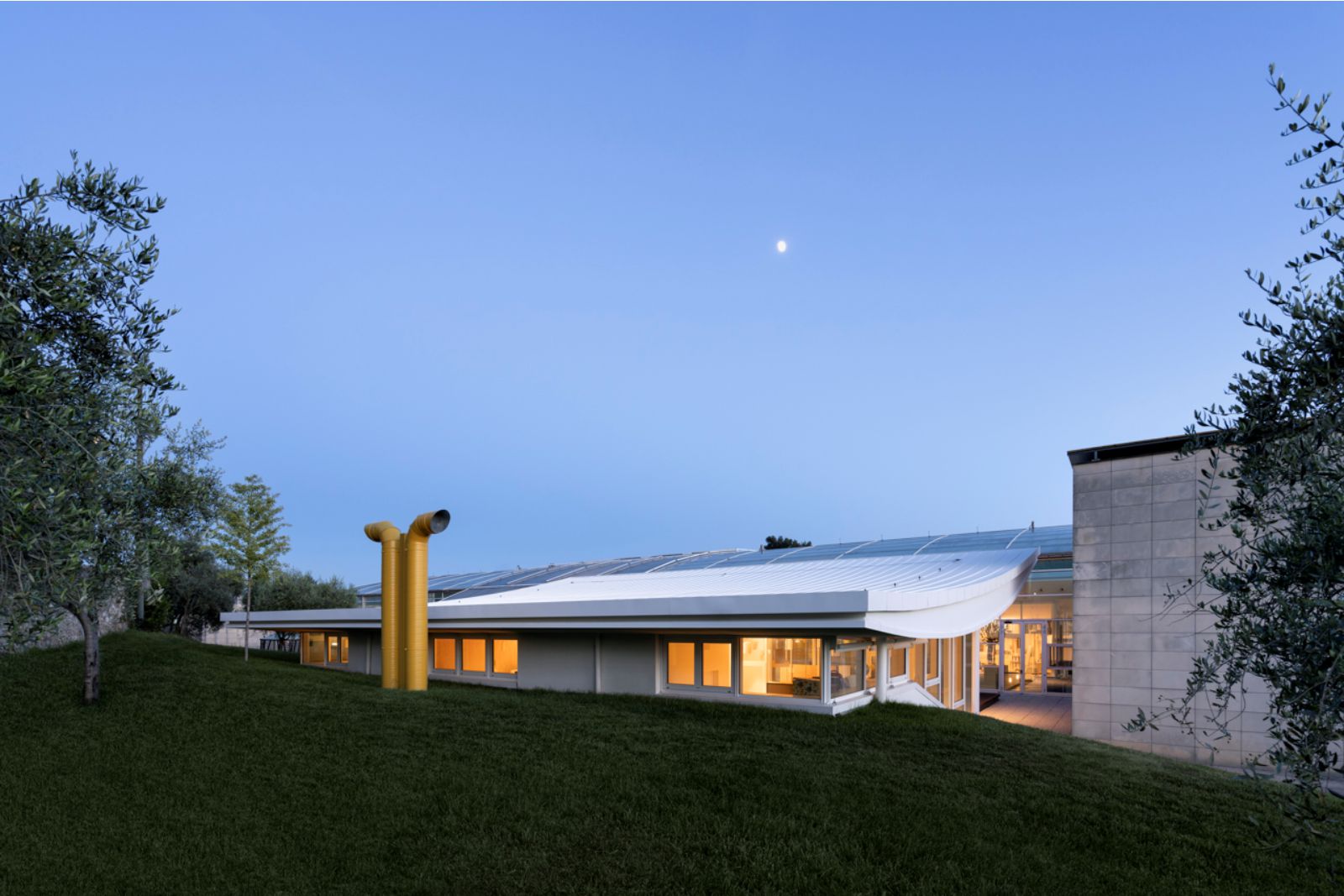
It’s a simple gesture—a light leaf, suspended between the sky and the greenery, providing shelter. The new volume is clearly integrated between the hospital and the beautiful Medici walls, activating the garden and transforming it into an open-air classroom. Here, learning happens by venturing among trees, games, small greenhouses, the vegetable garden, history, and architecture.” — explains Architect Massimo Alvisi, co-founder of the studio.
The rectangular floor plan, consisting of two crescent-shaped sheets, is designed to shield from radiation and regulate shade within the interior spaces, enhancing the building’s sustainability. At the heart of the pavilion, accessible through two concealed doors that seamlessly connect it to the surrounding areas, lies a music laboratory, suitable for concerts, screenings, theatrical performances, and reconfigurable as a conference hall.

Conceived as a “carillon,” this oval-shaped structure conceals its inner workings, inviting discovery through two portholes placed on opposing sides. Great attention has been paid to acoustic considerations, with sound-absorbing surfaces along the curved boundaries, micro-perforated ceilings, and cutting-edge musical technology.
A central cut in the laboratory provides visual permeability from the hospital to the garden. Surrounding the “carillon,” are various functional areas. On the western side is the Coding and STEM Area, dedicated to virtual reality and robotics, while the Digital and Reading Area, equipped with advanced technologies and complemented by a library space, serves as a hub for individual and small group study.

To the east, the Art and Science Laboratory set the scene for experimentation, study, and exploration of scientific and artistic languages, with activities that can extend beyond its confines. Additionally, the Adult Space accommodates both collegial interactions and more private meetings, such as family conversations or focused study sessions. Just beyond this area a small warehouse gives access to a technical room featuring green roofing that leads to the external garden.
The connector volume is a fundamental element of the complex. Besides housing the entrance to the new intervention, it facilitates direct year-round connectivity with the hospital. Its lightweight structure and double-glazed walls ensure visual continuity with the surrounding greenery while providing a comfortable climate and rain shelter. The choice of materials for the new structure is complementary to the hospital’s latest expansion.
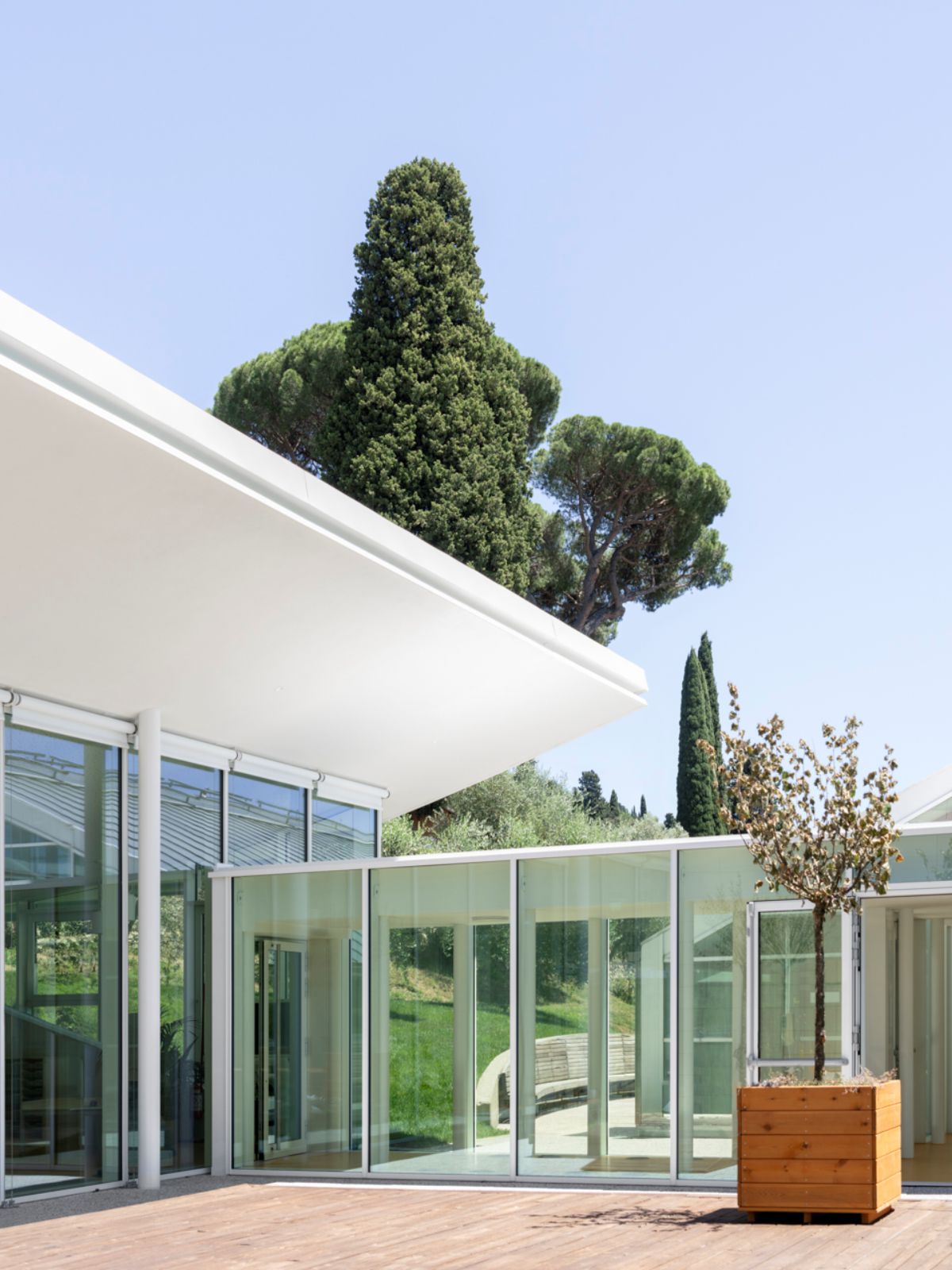
Fully transparent, the building presents itself as a continuous glass façade, harmonizing the interior and exterior nature of the complex and seamlessly integrating into the context. An automated shading system protects the spaces from excessive sunlight and glare. Structurally, the pavilion combines concrete and steel.
The foundations, the perimeter containment walls, and the central core, as well as the music laboratory, are made of reinforced concrete to prioritize seismic resistance, while the pillars surrounding the pavilion and the roof structure consist of steel elements with reduced sections, delivering lightness and dynamism. In the overall design by Alvisi Kirimoto, concepts such as nature, music, and sensory exploration blend harmoniously. The goal is to create a serene refuge immersed in greenery—a place to entertain, educate, and inspire young patients. Source by Alvisi and Kiramoto.

- Location: A.O.U. Meyer, Florence, Italy
- Architects: Alvisi Kirimoto
- Project Team: Massimo Alvisi, Junko Kirimoto, Daniel Costa Garriga, Silvia Rinalduzzi
- Engineering, Safety and Construction Management: Aei Progetti Srl — Ing. Niccolò De Robertis / Ing. Alessandro Romei
- RUP: Ing. Paolo Bianchi
- System Project: Zeta Ingegneria — Ing. Benedetta Zambaldi
- Acoustics: Ing. Andreas Hoischen
- Geology: Terra & Opere — Geol. Michele Sani
- Contrattor: Vanoncini Spa
- Client: Andrea Bocelli Foundation Philanthropic Entity — Meyer, University Hospital Company, Dr. Laura Biancalani — Head of Legal and Institutional Relations, Dr. Silvia Gualdani — Head of Budgeting and Controlling, Dr. Serafino Carli — Pedagogical Coordinator, Dr. Olimpia Angeletti — Head of Communication
- GFA: 250 sqm (pavilion), 1.900 sqm (external area)
- Year: March 2024 inauguration
- Photographs: Marco Cappelletti, Courtesy of Alvisi e Kiramoto

